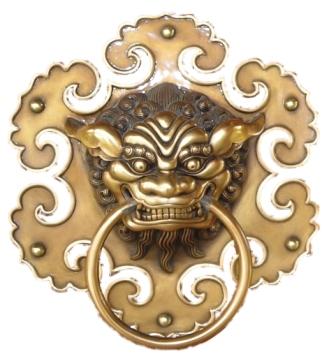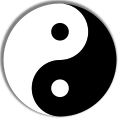Tien Sen Tua, 天圣坛
Tien Sen Tua is a rare Singapore Taoist temple with Justice Bao, 包公, as their chief deity.
Hougang is a housing estate in North East Singapore. Less than a century ago, the area had pig farms and rubber plantations. One of the plantation owners was the war hero, Lim Bo Seng who was a resistance fighter against the Japanese during World War Two.
Coming from Nan’an county in Fujian China, the Lim family employed people from their place of origin in China as was the practise then. The workers lived and worked on land owned by the Lim family and in 1940, they founded a temple dedicate to the Monkey God, 齐天大圣.
This was the time of Sino Japanese war and many overseas Chinese were actively supporting China against the Japanese invasion including establishing the China Relief Fund.
The Overseas Chinese never imagine that this war will arrive in Singapore subjecting them to more than three years of Japanese rule.
Their village temple would have given much spiritual refuge during this difficult time.
Post war - enter Justice Bao
After the end of World War Two, Singapore reverted to British rule. During this period, Singapore saw rapid rise in triad activities disrupting the lives of civilians.
As documented by scholars such as Leon Comber, the triads turned to crime, extorted money from business and civilians resulting in a dangerous and unstable environment for most people.
In the context of this unstable 1950s Singapore, an interesting phenomena occurred. The temple medium began to trance for Justice Bao and later through a divine intervention, Justice Bao became the chief deity of the temple.
They became one of the very few temples dedicated to Justice Bao. By the 1960s, the temple was known as the Justice Bao temple.
Other deities worshipped include Emperor Feng Du 鄷都大帝, ua Li Ya Pek 大二爷伯, Jiu Fu Wang Ye 九府王爷, Tua Pek Kong 大伯公, Monkey King 齐天大圣, Mazu 妈祖, Xuan Tian Shang Di 玄天上帝, Five battalion Commanders, 五营将军, Guanyin 观音, Ji Gong and the martial God of Wealth, 武财神.
Founding of Tien Sen Tua
In 1991, when the temple was officially registered, they decided to name the temple Tien Sen Tua , after the reign name of the Song Emperor whom Justice Bao served.
Singapore became an independent nation in 1965 and began its economic transformation. Affected by urbanisation and land use plans, the temple began a series of moves before relocating to their current location on a lease in 1994.
Temple and social change
Today’s Tien Sen Tua continued to serve their devotees and has the reputation of having the largest gathering of spirit mediums during important religious events.
They also actively promote the culture of Justice Bao to the younger English educated audiences. A rare direction among temples was the collection of artefacts related to Justice Bao which serves as important material culture for exhibitions and conferences.
Being one of very few Justice Bao temples, they also become the node to establish contact with Justice Bao institutions in China with frequent visits and contacts by both sides.
Émile Durkheim had hypothesized that religion is society worshipping itself. Justice Bao is the Chinese cultural symbol of justice and his installation as the chief deity of Tien Sen Tua reflects the collective desire for an orderly, just and peaceful society.
Tien Sen Tua, 天圣坛
Address: 146-C Paya Lebar Road, Singapore |
Related Articles:

|

Lim Bo Seng


 Martial God of Wealth Martial God of Wealth

Song Emperor Ren Zong
Reign name
Tien Sen 天圣



One of the oldest Justice Bao scluptures in Singapore

Stone rubbing of Song stone tablet
|


 Taoism Main page
Taoism Main page



 Martial God of Wealth
Martial God of Wealth



